LIGHTS TO FLAG: Mika Hakkinen on his horrific Adelaide accident, beating Michael Schumacher, and life after F1

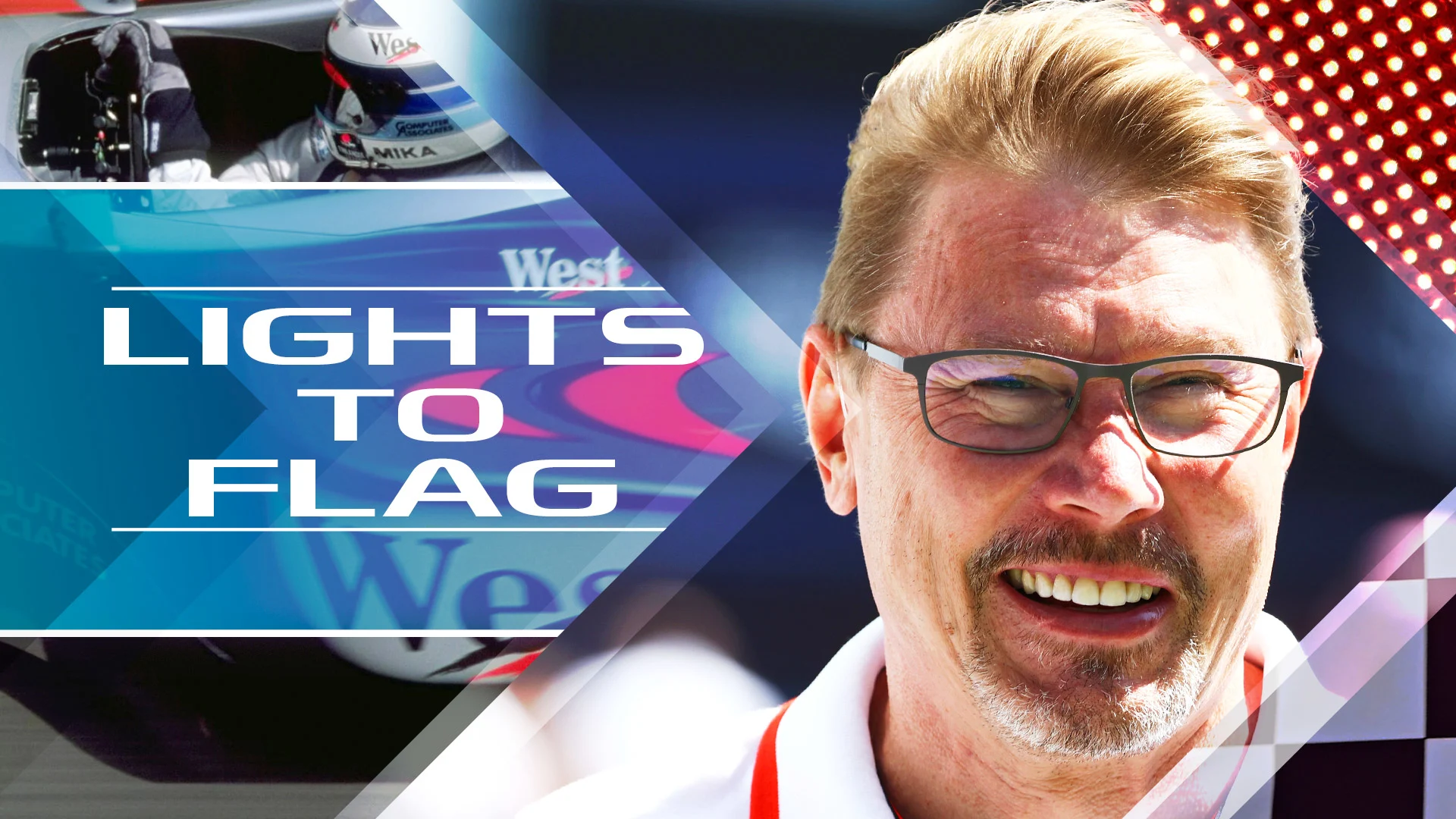
Mika Hakkinen spent a decade racing in Formula 1, surviving a horrific crash in 1995 before battling back onto the grid – and then winning back-to-back world championship titles in 1998 and 1999 as he duked it out with Michael Schumacher for top honours.
In our latest Lights To Flag feature, 'the Flying Finn' opens up about growing up in Finland, recovering from that shocking crash at Adelaide, his championship wins, and what life held in store after retirement...
Next Up
Related Articles
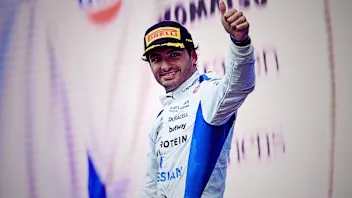 ExclusiveWhy Sainz feels ‘vindicated’ after his first Williams year
ExclusiveWhy Sainz feels ‘vindicated’ after his first Williams year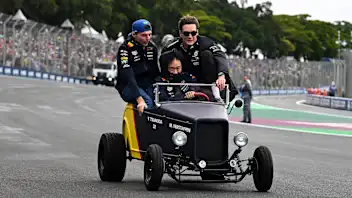 Best radio and more – F1's 2025 alternative awards
Best radio and more – F1's 2025 alternative awards 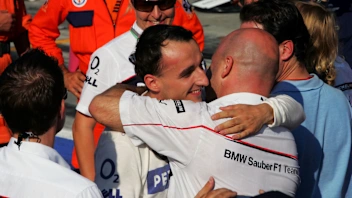 Sauber’s best moments and most memorable liveries in F1
Sauber’s best moments and most memorable liveries in F1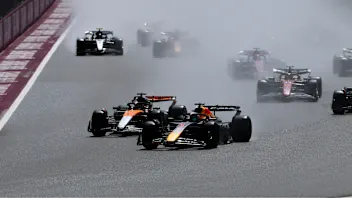 REVEALED: Your favourite race of the 2025 season
REVEALED: Your favourite race of the 2025 season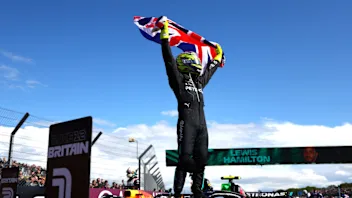 Quiz10 quiz questions on British F1 World Champions
Quiz10 quiz questions on British F1 World Champions End Of Year Reports 2025Williams’ best and worst moments from 2025
End Of Year Reports 2025Williams’ best and worst moments from 2025
